The Sigma 18-50mm f/2.8 DC DN is my favorite APS-C zoom lens for Sony cameras.
I use it for travel, landscape, portrait and even low light photography. It’s my go-to choice for both professional and casual photography.
However, while it is nearly perfect, there are definitely a couple of downsides you should be aware of.

Here’s a summary of the Sigma 18-50mm f/2.8 DC DN if you’re looking for the most important information.
Pros:
- Excellent optical quality
- Small and compact design
- Fast and reliable auto focus for photos/videos
- Costs around $500
- Versatile (can be an all-around lens)
Cons:
- Distortion at 18mm
- Vignetting at f/2.8
If you’re looking for a quality all-around zoom lens that doesn’t take any space, this is it. In this review I’m going to share some of my images, thoughts, as well as how it compares to lenses from competition.
Sigma 18-50mm f/2.8 DC DN: Image Quality
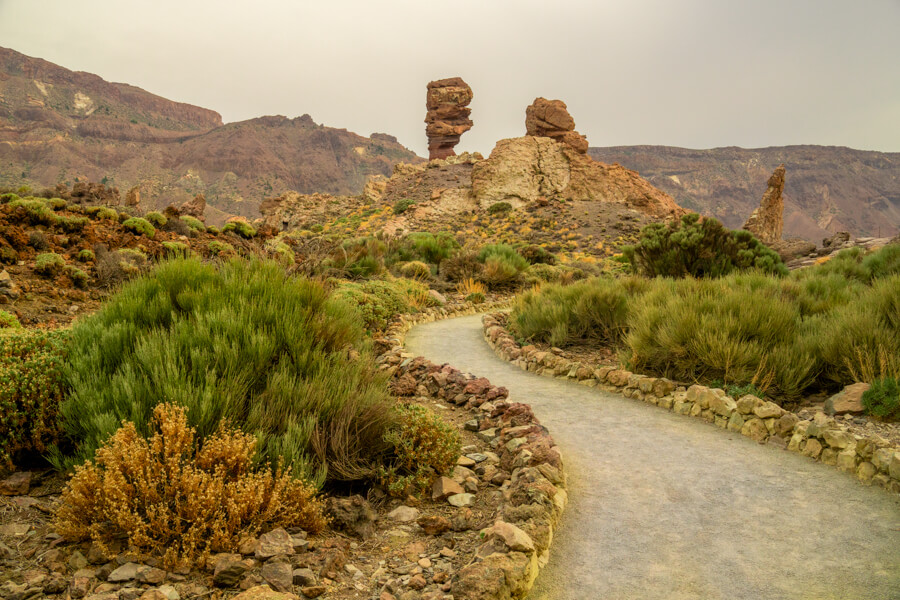
First of all, this is a fantastic lens when it comes to quality, sharpness and colors. It’s interesting that even at such a low price it blows many more expensive lenses out of the water.
I’m a big fan of f/2.8 zooms, but not if you have to stop down a lot to get acceptable results. Luckily, the Sigma 18-50mm f/2.8 is really good at f/2.8, both in center and corners. It does improve as you go to f/5.6. but it’s already great at the widest aperture. This applies to both 18mm and 50mm focal lengths.
Colors and contrast are rendered beautifully, in both super bright and dark conditions.
Flare is very well controlled, even when I didn’t use the lens hood. With such small lenses you should always expect some compromises, but it’s great to see that image quality is not one of them here.
The majority of images in this review were taken with the Sony A6700. The Sigma 18-50mm f/2.8 DC DN is available for E-mount, X-mount and L-mount cameras, and should perform the same on all three.
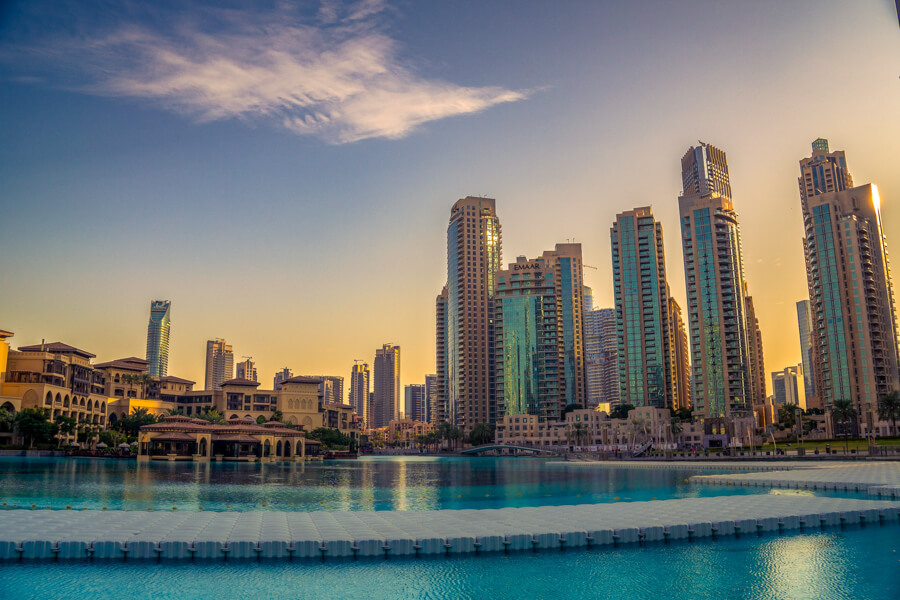
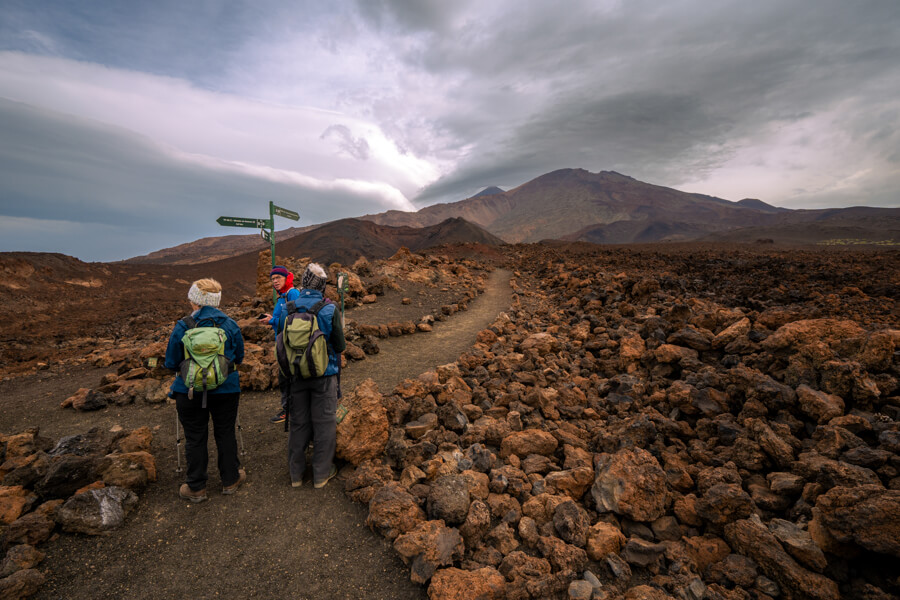
18mm focal length is great for landscape, architecture and travel photography. I can use it for hiking, and even though I’ve got the much wider Sigma 10-18mm f/2.8 DC DN, I prefer the Sigma 18-50mm for the majority of my shots (although this purely depends on your photography style).
This lens is like an 18mm, 23mm, 35mm and 50mm combined into one piece of compact glass. Except for wildlife, sports and real estate, it’s good for pretty much everything else as far as focal length goes.
So what are the downsides?
Distortion and vignetting, especially at 18mm and f/2.8.
Personally, I don’t find these things to be a problem because we have Lightroom/editing programs, and most flaws look worse in studios than they do in real life. It will be an issue if your scene has plenty of straight lines so just remember to fix it in post-processing.
Still, distortion is definitely visible at 18mm and improves a lot as you get closer to 50mm. Vignetting goes away as you reach f/5-f/5.6 and never bothered me to be honest.
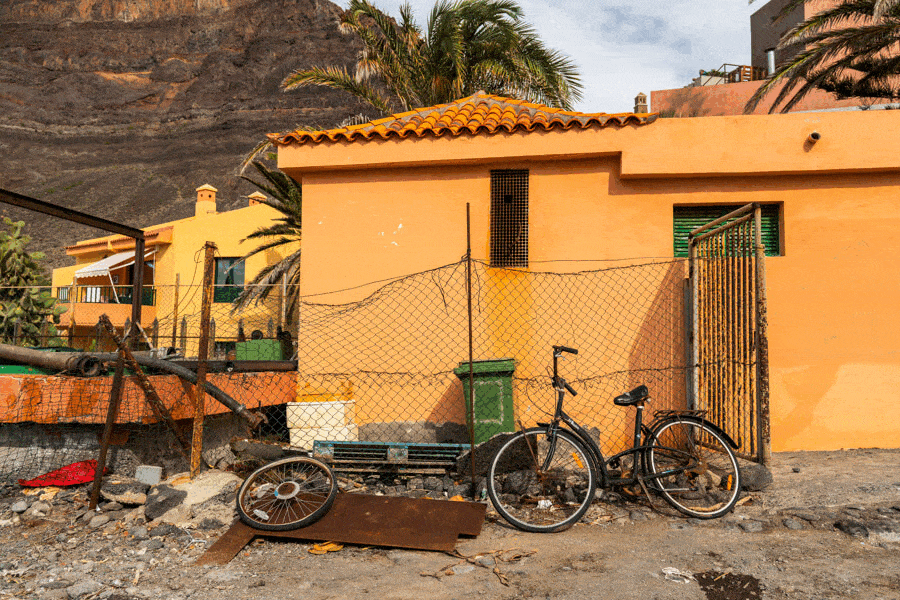
The GIF above is a combination of before/after Lightroom’s correction, taken at 18mm and f/4.5. The image definitely looks completely usable to me in both cases, but there’s a big difference regardless.
Chromatic aberration is pretty much non-existent; it can be visible at f/2.8, but only in really high contrast scenarios and mainly in out of focus parts. It is there, but it feels like any other quality zoom.
As far as optical performance goes, you can count on the Sigma 18-50mm f/2.8 DC DN to not disappoint you. You can see our Sigma 18-50mm f/2.8 Photo Gallery with 20 examples from various photographers.
Bokeh
Because of its f/2.8 aperture, the Sigma 18-50mm f/2.8 DC DN can also be used as a portrait lens. Since it only has 7 aperture blades, the out of focus parts (also called “bokeh”) don’t look special.
I’ve had examples of it looking really beautiful, as well as completely bland. Not in a bad way bland, just “it’s there”. Nothing to complain about, as this is not a lens you buy for bokeh, and it looks better than most other kit lenses it aims to replace.
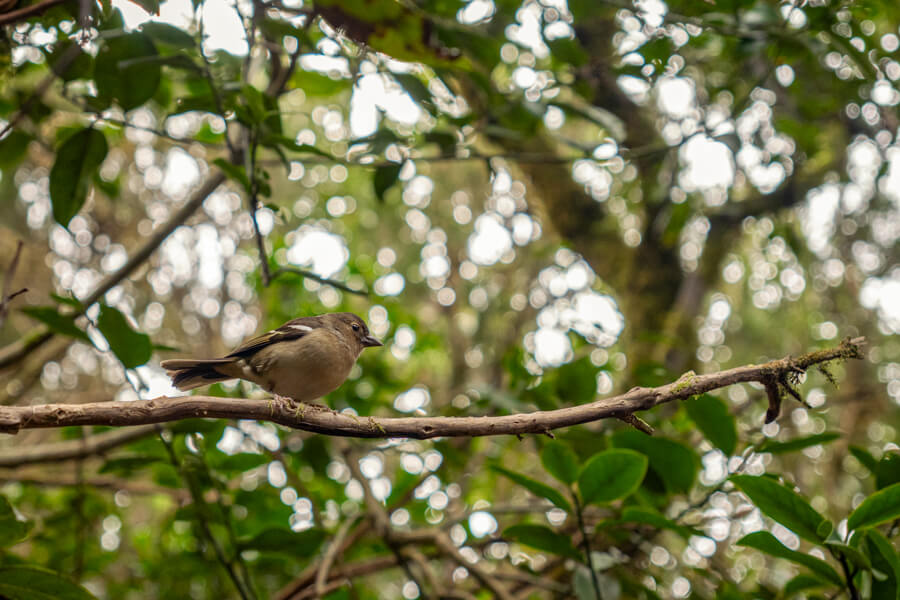
This is definitely not a lens for bird photography, but I got super lucky with this one.
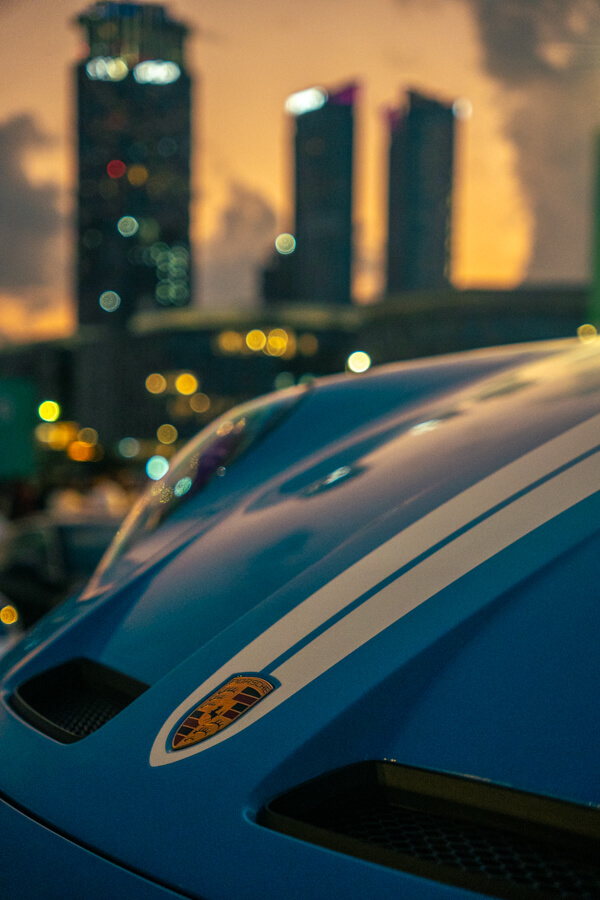
Zoom Range
The Sigma 18-50mm f/2.8 DC DN has a focal length equivalent to a 27-75mm lens on full-frame.
It’s so versatile that it stays mounted on my camera pretty much 90% of the time, especially if I don’t know what to expect. 18mm is wide enough to capture landscape and beautiful scenery, whereas 50mm is tight enough for portraits, streets, or isolating a subject.
Compared to the Tamron 17-70mm f/2.8 VC RXD, the Sigma offers 20mm less zoom at the telephoto end. If you are mainly a portrait shooter this should be an important factor, but personally I value versatility and compactness way more. The Tamron 17-70mm is twice as heavy, bigger, and more expensive. I like my daily lenses to be as light as possible.
For travel photography, it doesn’t get better than this. You can check out my full comparison between the Sigma 18-50mm and Tamron 17-70mm here, but to sum up, I recommend the Sigma to most people.
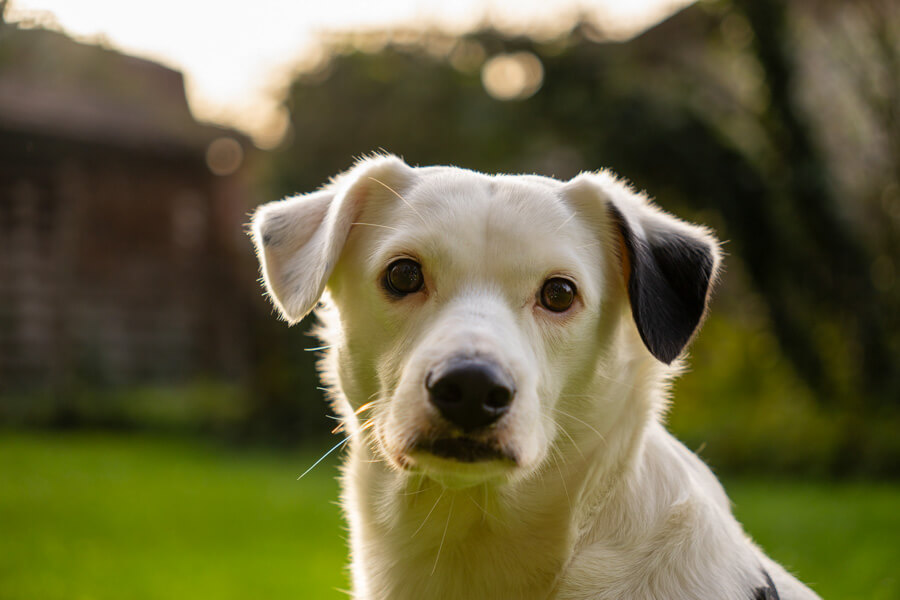
At 50mm and f/2.8, you can use it as a portrait lens to really isolate your subject. For weddings and events, the versatility will allow you to capture both group photos as well as individual moments.
Thanks to f/2.8, you will also be able to shoot at slightly lower ISO values than with many other zooms in this price range. However, if you are serious about low light events, I recommend getting a Sigma 16mm f/1.4 and/or Sigma 30mm f/1.4 as their aperture is 2 stops larger than the Sigma 18-50mm f/2.8.
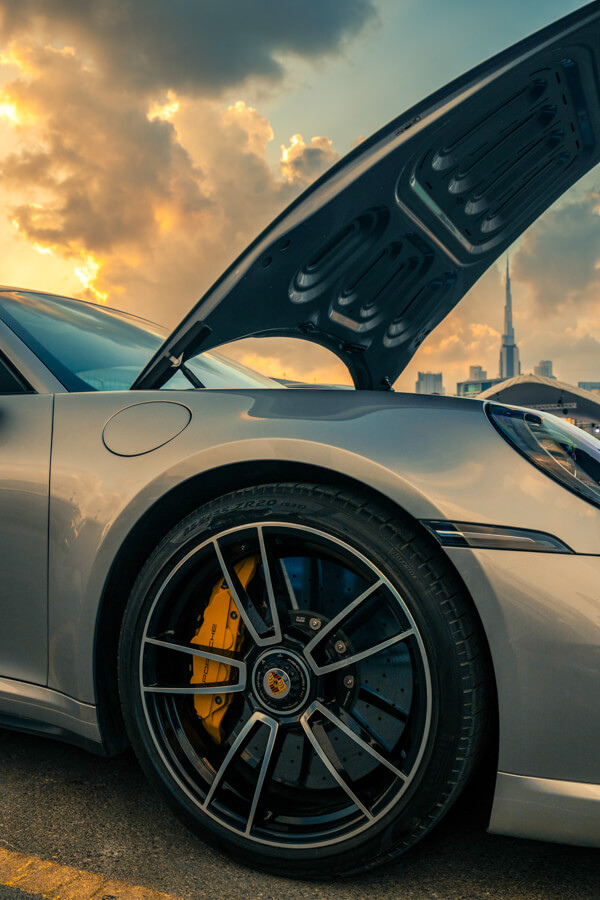
The closest focusing distance at 18mm is only 12.1cm (4.8″), which allows you to get some crazy close up macro shots (magnification is 1:2.8). You need to be in manual focus to achieve this.


Sigma 18-50mm f/2.8: Build Quality
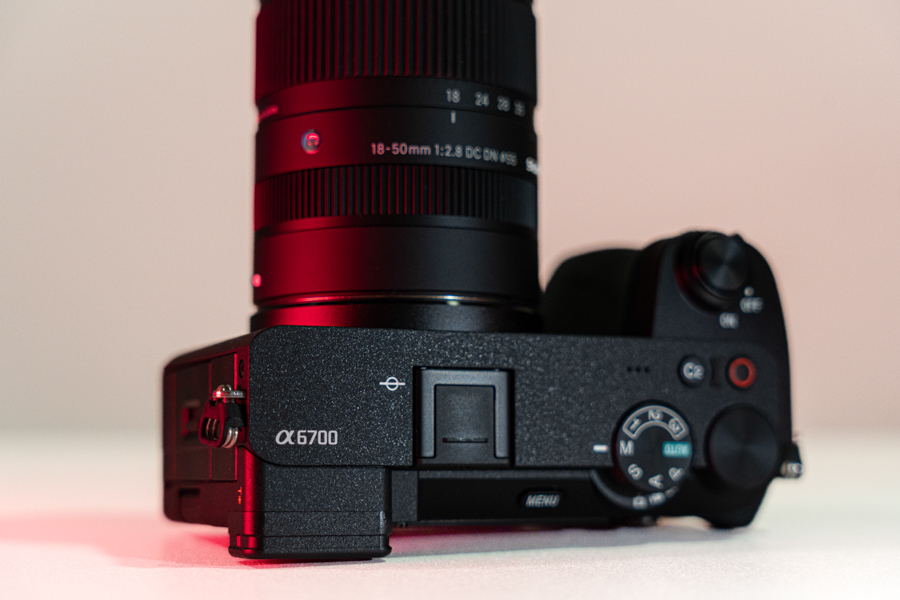
It weighs 290g and has a 55mm filter thread.
It’s really small.
For us Sony shooters, it’s an ideal travel/all-around lens. It simply breathes more life into the whole APS-C lens lineup, especially for Fujifilm shooters. I mainly shoot with full-frame Sony cameras, but the introduction of many new lenses in the past 1-2 years made me join the APS-C once again.
Why is the lens so small?
- No buttons
- No Image Stabilization
There are absolutely no buttons on the lens itself; no AF/MF switch, no zoom lock, nothing.
Is it bad? No, personally I never found this to be an issue. If I want to switch to manual focus, I simply go to the quick menu and select the option from there. It takes 2 seconds, but it could get annoying if you often like to switch between the two modes.
Then there’s the lack of Image Stabilization. As of 2025, most cameras have stabilization built-in, but this is a disadvantage if you are using an older model. For serious video work, your footage can quickly look shaky if you’re not using a gimbal (by the way, it’s a good lens for gimbal work since it doesn’t extend a lot as you zoom).
The lens is made of mostly plastic and metal, and feels nice in hand. It doesn’t feel or look cheap, and it has some basic weather-sealing (I’ve often used it in rain with no issues, but you should still be careful).
I wouldn’t count any of these as negative parts of the lens; they were required to keep it so small and lightweight, and to me this is almost a requirement for APS-C lenses.
Sigma 18-50mm f/2.8: Auto Focus
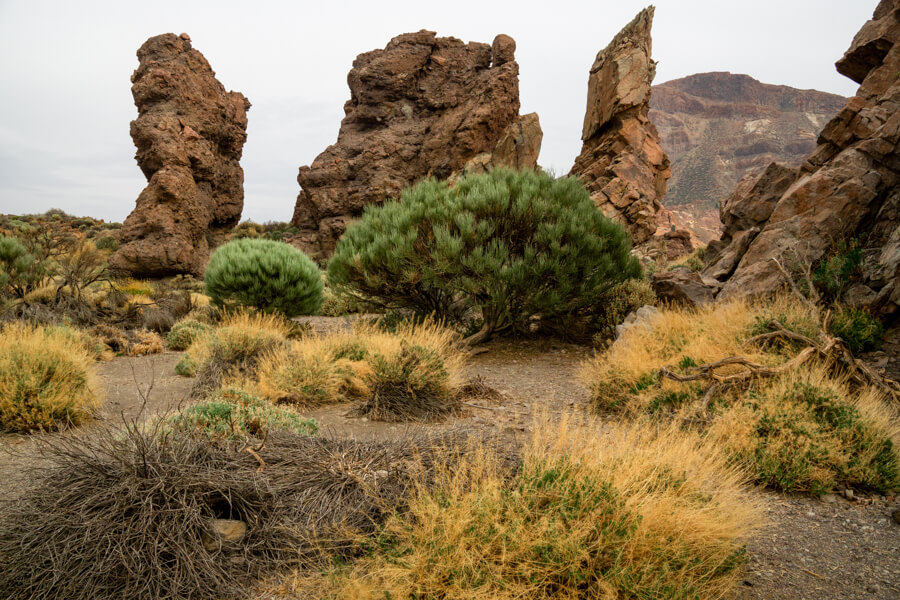
Auto focus is fast, quiet and accurate; it works as well as most of the Sony lenses I’ve used. Paired with the Sony A6700’s AI recognition chip, you feel super confident in your setup.
I never experienced any bad hunting, even in low light, and always found it to be reliable. If you plan on shooting a lot of sports and action, the lens can keep up.
For video, the results were absolutely the same. Not much to say here other than I’m impressed with the things Sigma managed to deliver in this affordable lens.
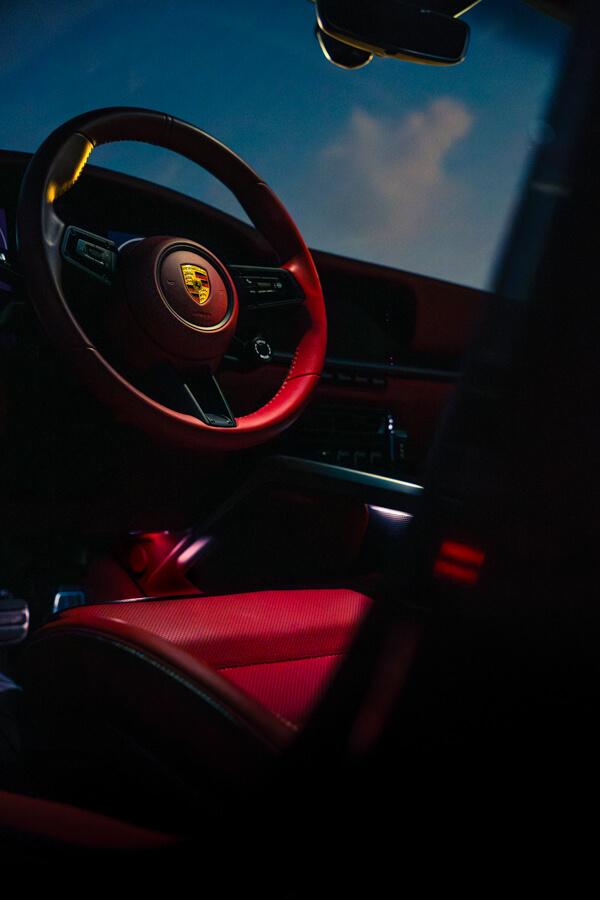
Sigma 18-50mm f/2.8 DC DN: Verdict

The Sigma 18-50mm f/2.8 DC DN is the lens that got me back into APS-C photography.
It’s small, has a constant f/2.8 aperture, and isn’t expensive. It’s the most logical choice if you want to keep your camera setup small without sacrificing image quality.
While distortion and vignetting are its biggest issues, they are super easy to fix in both video and photo post-processing. The results it delivers at f/2.8 are more then usable, and I never thought the lens was limiting my creativity.
I’ve taken it on various trips in many weather conditions (snow, rain, desert) as it barely takes any space.
If you decide to buy anything after clicking on my links that go to Amazon, you automatically help support my website and reviews with no additional cost to you.
How does it compare to other lenses?
Sigma 18-50mm f/2.8 vs Tamron 17-70mm f/2.8 – Full Comparison
Sigma 18-50mm f/2.8 vs Sony 16-55mm f/2.8 G – Full Comparison
Sigma 18-50mm f/2.8 vs Fujifilm 16-50mm f/2.8-4.8 – Full Comparison
Sigma 18-50mm f/2.8 vs Fujifilm 16-55mm f/2.8 – Full Comparison
Sigma 18-50mm f/2.8 vs Fujifilm 16-80mm f/4 – Full Comparison
Sigma 18-50mm f/2.8 vs Fujifilm 18-55mm f/2.8-4 – Full Comparison
Tamron 17-70mm f/2.8 VC RXD: This is the lens that most people bought before Sigma announced the 18-50mm f/2.8. It offers 20mm more, but is twice as heavy and more expensive. It comes with Image Stabilization which is a huge plus for non-stabilized bodies. If you don’t do videos and prefer traveling light over 20mm, you shouldn’t get it.
Sony 16-50mm f/3.5-5.6 PZ OSS: Even more compact than the Sigma, but optically worse, especially at the wide end. The aperture size is 1-2 stops smaller so it’s not ideal for night time photography. Its main pros are the lower price and Optical Stabilization, along with the PowerZoom option for videographers.
Fujifilm 18-55mm f/2.8-4 R LM OIS: If you’re a Fujifilm shooter, both of these lenses are tempting. The Fujifilm offers Optical Stabilization and an aperture ring, but costs more and doesn’t have f/2.8 at 55mm. If you already own it, I’d say it’s not worth getting the Sigma.
Sigma 18-50mm f/2.8: Related Articles
- Want to see more Sigma 18-50mm f/2.8 images? We have a full gallery with 20 images from different photographers available here.
- There are over 100 lenses to choose from, but these are The Only 3 Lenses You Need for Sony APS-C
- Here’s the official Sigma 18-50mm f/2.8 DC DN specification list from Sigma’s website.
- How to blur the background and getter shots with the Sigma? Read my full aperture tutorial here, as well as shutter speed and ISO speed guides.


